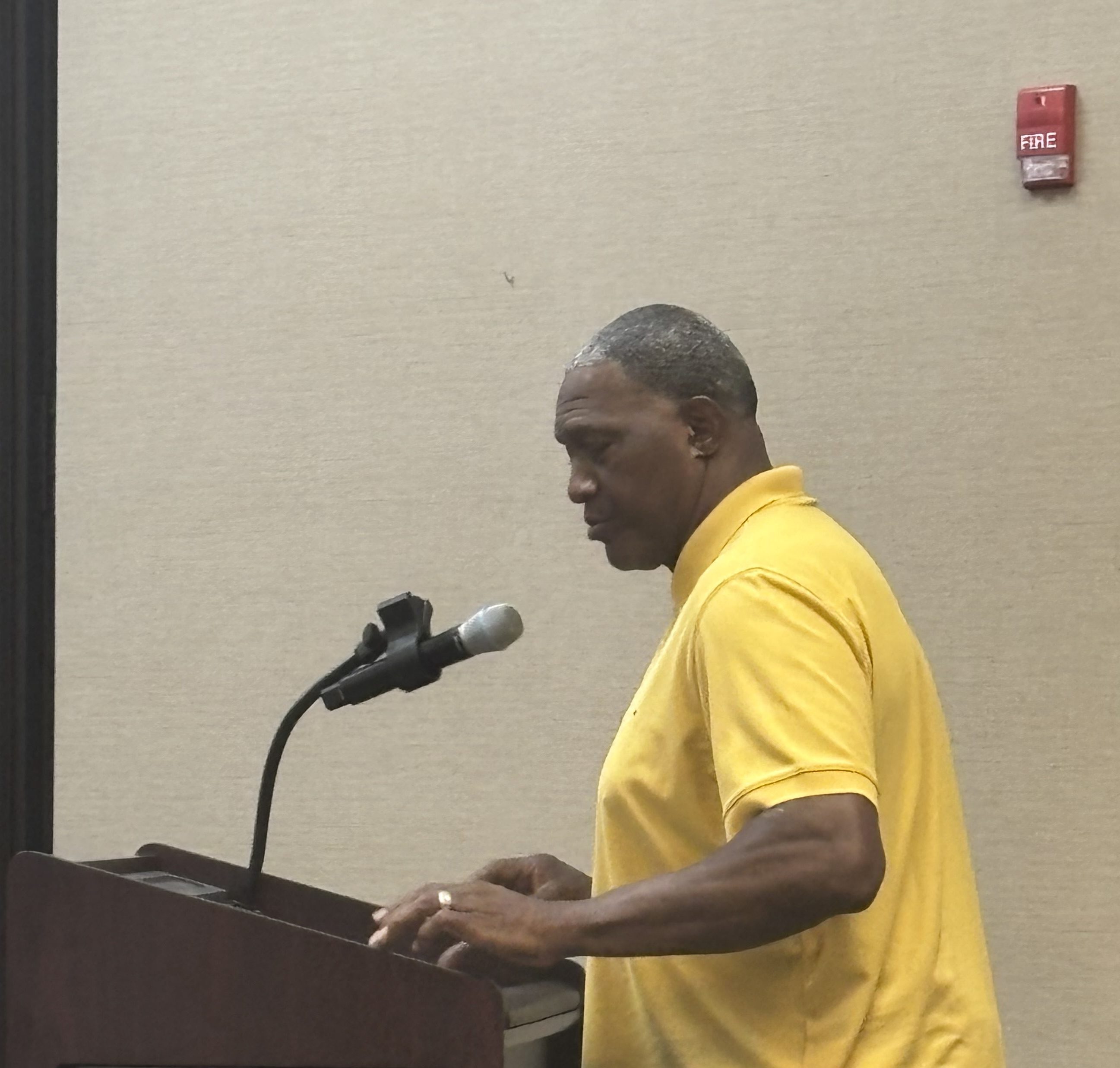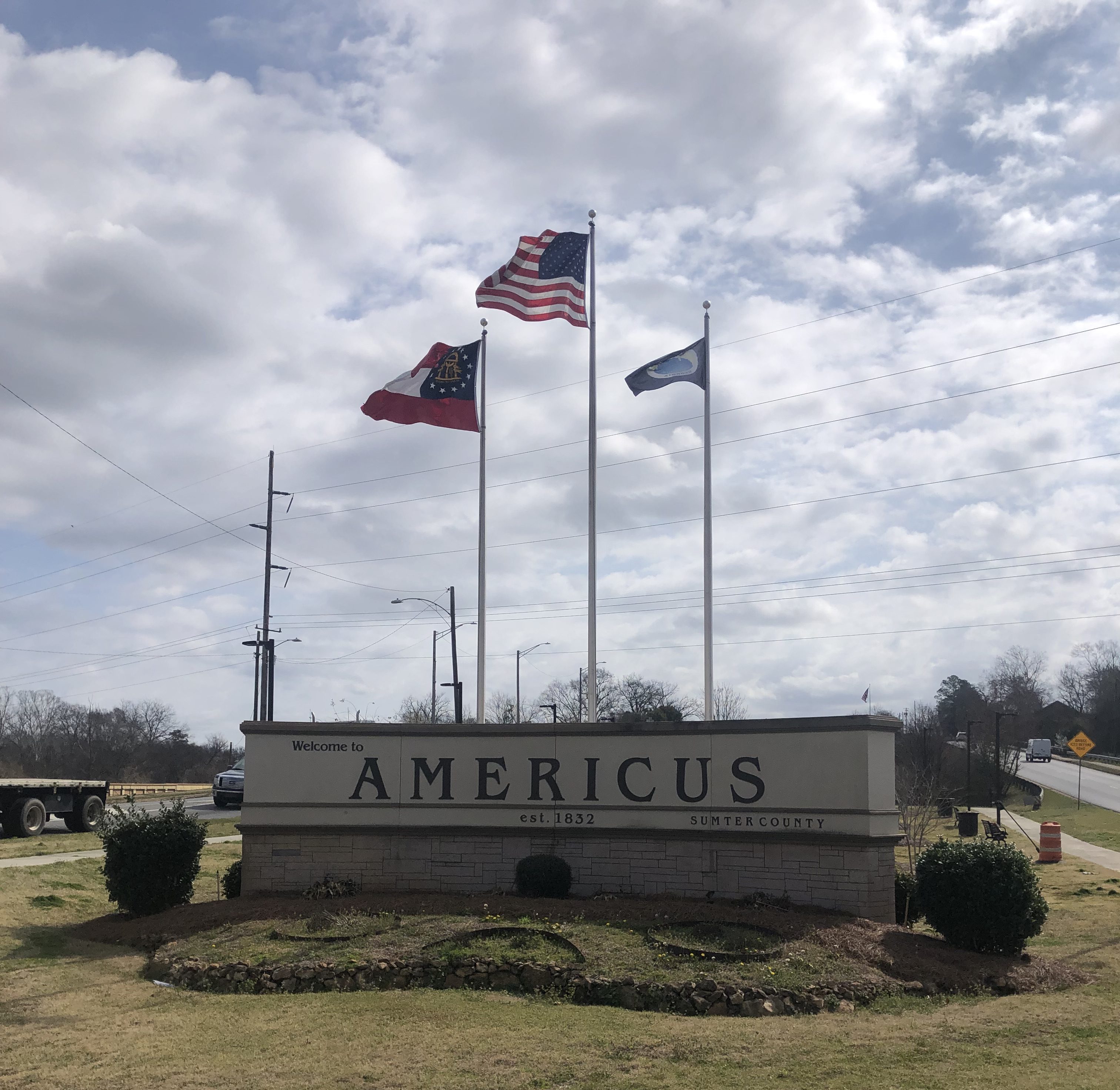Phil Hardy — A bird’s eye view: how do birds survive hurricanes?
Published 2:30 pm Monday, October 24, 2016
On Friday, Oct. 7, 2016, Hurricane Matthew crawled slowly northward just off shore from the Georgia coastline and her beautiful barrier islands. The slow progress of Matthew was widely reported by weather prognosticators every 15 minutes or so on many television stations. The warnings were all the same — “Evacuate while there is time!”
The next day found thousands of Georgians without electricity from the effects of the high winds, downed trees, broken utility poles and downed wires. Saturday also found me mobilized with two friends to report to Statesboro, Ga., in an effort to help restore electrical power. And although Statesboro is about 80 miles from the coast, they had over 1,400 tree events involving power outages to Georgia Power Co. customers alone. In addition to the hundreds of trees blown over or snapped like toothpicks, I noticed birds. Some were singing while others foraged for food. This got me to thinking: what do birds do during storms?
So how do birds survive inclement weather? Each species of bird has a special way of finding a location to shelter in place during stormy weather. Obviously this varies with location and habitat. Those that can may leave while others have to ride out the weather conditions. But the truth is that some birds don’t survive.
Birds have an ability to sense even minute changes in the weather like most animals. A sudden drop in the barometric pressure tells birds that a storm is imminent. Small birds like woodpeckers, bluebirds, cardinals and chickadees simply seek shelter. Smaller birds tend to find hiding places such as a crack in a rock or a hole in a tree. Some will even hide in the shelter of buildings, in a culvert, cave or nest box. More powerful flying birds, living on the coast, may heed nature’s inaudible warning to evacuate such as Brown Pelican, Magnificent Frigatebird and Whimbrel. At times these birds may be deposited 1,000 miles from where they were before the storm hit much to the delight of rare bird chasers.
As I walked the streets of Americus on March 2, 2007, the day after the devastating tornado clobbered many homes, businesses and our hospital, I noticed several dead birds among the debris. Even a larger bird is vulnerable when a roof shingle hits it at 100 miles per hour.
Perching birds, known as passerines, have a special way of holding onto a tree limb. When they land on a branch and squat down, their leg tendons flex and literally grab the perch with their toes. But even a tight grip on a limb may not be sufficient to save the life of a small bird in the face of a tornado or hurricane.
Birds have been surviving storms since Noah’s Flood. Although the term “Bird Brain” may refer to someone whose elevator doesn’t go all the way to the top floor, birds have an instinct to take cover and survive. Birds are much smarter than you may think they are.
I had to chuckle to myself as I left Statesboro when I noticed a homemade sign made of plywood propped against a commercial business that read, “Mark, Luke and John … take your brother Matthew and go away.” Apparently hurricanes aren’t well received by humans either.
Phil Hardy, a bird watcher and bird photographer, lives in Americus.






